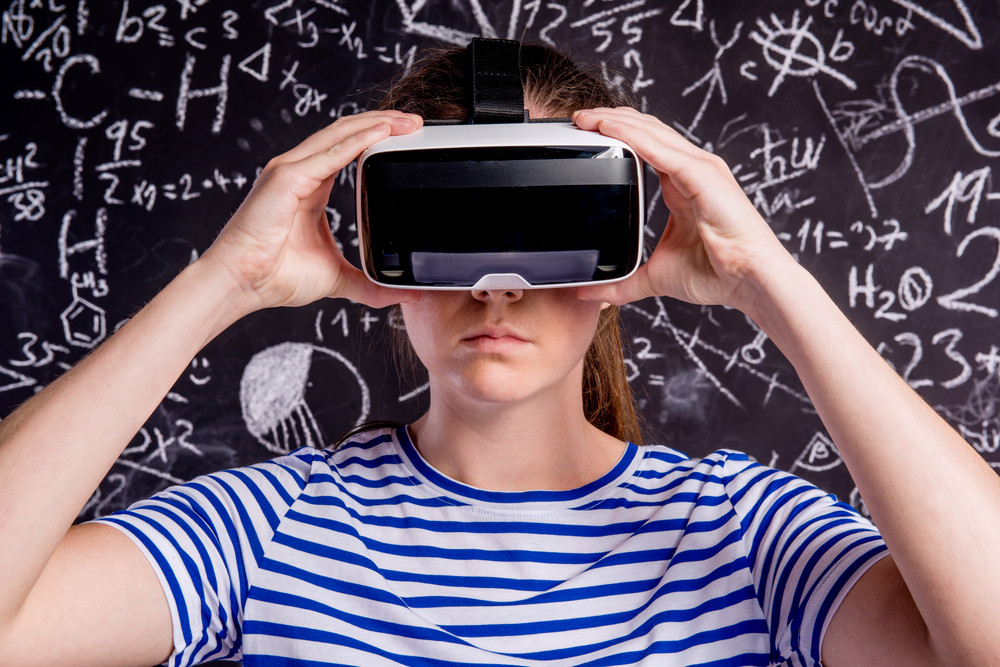
Being a teacher comes with the challenge of keeping students engaged in their learning. It's simply not enough to create a lesson plan; you have to consider how to incorporate it in your specific classroom. Luckily, teaching in VR (virtual reality) is a possibility. This technology has grown significantly over the years, and according to G2, 26% of teens own a VR device. Here are just four ways teachers can use this unique technology to enhance lesson plans.
Take your class on a field trip regardless of the weather! Use VR devices to take your class to the museum and other educational spots without leaving the classroom. With a VR headset, your class can journey to Fine Art Museums and see sculptures up close or see the pyramids as you talk about the dynasties of Egypt. History no longer has to be about memorizing dates when you can allow students to have interactive experiences related to events and places they're learning about!
Simulations allow students to get a feel for an experiment without creating a mess and the school tapping into the educational budget. For example, they may simulate how to create a tornado or see a frog's internal organs without doing a physical dissection. Teaching in VR isn't just for kids, either; the military uses simulations of war zones for training, and medical students are learning more about the human body with it as well.
It's no secret how popular video games are today, and VR is part of the gamification in learning. Students can engage with game characters as they learn about a range of topics. It's a great way to allow students to learn important topics like math or history with the use of avatars they may be able to relate to and have fun with!
Learning a foreign language is a great skill, but classrooms don't always teach it well. Students need to be able to practice conversation and hear native accents. Luckily, teaching in VR provides a special language immersion experience that allows students to interact with such native speakers. Their comprehension, pronunciation, and ability to use the language in various situations will surely improve!
The four ways above are just the beginning. Many teachers have reported significantly more excitement about topics after the students have engaged in active learning. One teacher personally observed the breaking of prejudice barriers because these activities took away the physical judgments that youth often unconsciously exhibit. For example, students reported in pilots that they were working with a student that they would not have worked with in the classroom voluntarily. Virtual reality is here to stay, and as an educator, it will be important to engage early and grow with the technology rather than needing to catch up with it as it becomes mainstream. Contact VEDX to learn more about how VR can help your classroom or school today!
Created By Euphoria XR | Privacy Policy | VEDX Code of Conduct | Sitemap | Contact Us